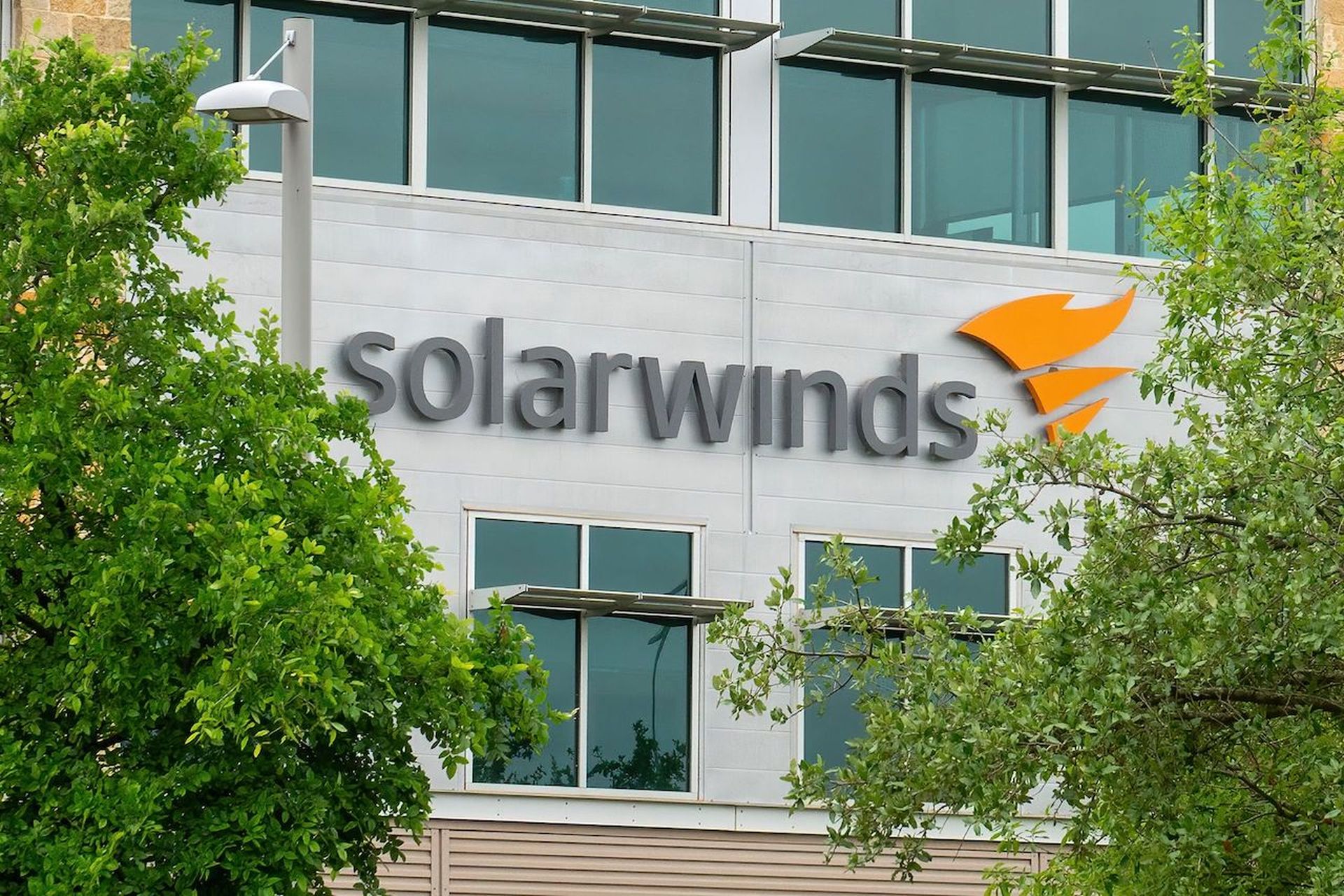From Main Street to Wall Street, business optimism is pretty darn strong these days. Small business owners and entrepreneurs have high hopes for the rest of this year, according to multiple surveys. But take a closer look at the tea leaves and perhaps some warning signs are emerging.
First, the apparent good news: Capital One's latest Small Business Growth Index found 50 percent of small business owners (SBOs) overall feel current business conditions are good or excellent (up from 41 percent a year ago), and the same percentage expect to see conditions improve in the next six months – the highest level reported since spring 2012.
But there are warning signs around us. They include...
Warning Sign 1: Private Equity & Buyout Valuations?
Buyout firms are paying the highest prices for deals since the 2008 financial crisis, according to CNBC. The report, quoting stats from PitchBook, said PE firms paid about 10.8 times EBITDA to make acquisitions in Q1 2017, the highest multiple since the housing market financial crisis unfolded nearly a decade ago.
Sellers certainly enjoy the high multiples. But buyers could be setting themselves up for some pain. As the recent Avaya bankruptcy taught us, buyers who pay too much and take on too much debt sometimes stumble badly amid market shifts (i.e., hardware to cloud).
Amid those caution signs, perhaps that's why Cloudera is set to IPO at a lower valuation than a private round in 2014. Also of note: Windstream's buyout of Broadview, which provides managed cloud services, involved a relatively low valuation of 4.7 times Broadview's 2016 EBITDA, according to ChannelE2E estimates.
Warning Sign 2: Misleading PE Investment Returns?
Meanwhile, buyout firms also are “magically and legally” pumping up the returns on their investments, according to Bloomberg. Yes, that word was "legally." The Bloomberg story offers this example:
"Using investors’ money, a buyout fund puts in $100 million of equity to acquire a company for, say, $400 million. It sells the company six years later, at a price that almost doubles the value of the equity. Employing credit to delay investing for two years produces an IRR of 13.9 percent, compared with only 10.6 percent if the money had been invested at the start..."
That higher return on investment potentially creates artificial optimism across the market, ChannelE2E believes. In a potentially dangerous scenario, individual investors may be willing to pay "more" for investments based on "lofty" returns over in the PE market that aren't so lofty...
Warning Sign 3: Student Loan Bubble?
Shift your focus from private equity to student loans, and another potential warning sign emerges. As The Wall Street Journal put it in April 2016:
"More than 40% of Americans who borrowed from the government’s main student-loan program aren’t making payments or are behind on more than $200 billion owed, raising worries that millions of them may never repay."
And by August 2016, The Chicago Tribune offered this warning:
"The most obvious candidate for the next bubble is student loan debt, which has ballooned to $1.26 trillion. To put that in perspective, federal student loan asset levels stayed at about $100 billion from 1995 to 2010, but as college costs soared, more families turned to debt to finance their coveted degrees. That's why the total amount of education debt has soared."
Ah yes. The alleged student loan bubble. Plenty of pundits have cried wolf multiple times. Alas, we're all starting to turn a deaf ear to this one. But I sense this remains a ticking time bomb -- or at least a painful firecracker of sorts -- that could burn the market. If students default on their college loan payments, Main Street U.S.A. could be left picking up the pieces.
Warning Sign 4: Money-Losing Cloud Customers?
My next worry involves more of a personal thesis. It centers on big public clouds like Amazon Web Services and Microsoft Azure. Let me be clear: Those public clouds are legitimate businesses with impressive services. No doubt, MSPs and channel partners should continue their various cloud investments.
My concern, however, involves the third-party workloads running within AWS, Azure and other well-known clouds.
Indeed, thousands of money-losing cloud startups run their workloads in AWS and Azure. If those money-losing startups face a market correction, then they could become non-paying or former customers of public cloud providers. Suddenly, AWS and Azure would lose their halos.
I've previously compared the potential cloud bubble to the scenario described in The Big Short. It's also somewhat akin to what killed Exodus Communications, a hosting provider that imploded in 2001 when many of its dot-com customers died. Admittedly, neither Microsoft nor AWS have the type of debt load that crushed Exodus. But I'm still curious to know how many AWS and Azure customers are money-losing startups.
Don't Panic. Do Manage

Check in with MSP peer groups and IT associations, and some of the concerns I've mentioned above have been hot topics of discussion in recent months. During a phone call with Five Nines CEO Nick Bock last week, he mentioned that some of his peers are expecting some sort of Wall Street correction in 2018 or so.
Bock isn't running for the exits. Instead, he's investing in his own business. Likewise, ChannelE2E is doubling down on its own R&D efforts (we'll share more details mid-2017 or so) rather then speculating in markets we don't know.
My advice? Keep betting on yourself. Even in a healthy economy, IT jobs come and go. Technology giants and upstarts get swallowed. Independent MSP and VAR business owners, in stark contrast, control their own destinies regardless of the storms around them.
Onward. Upward.




